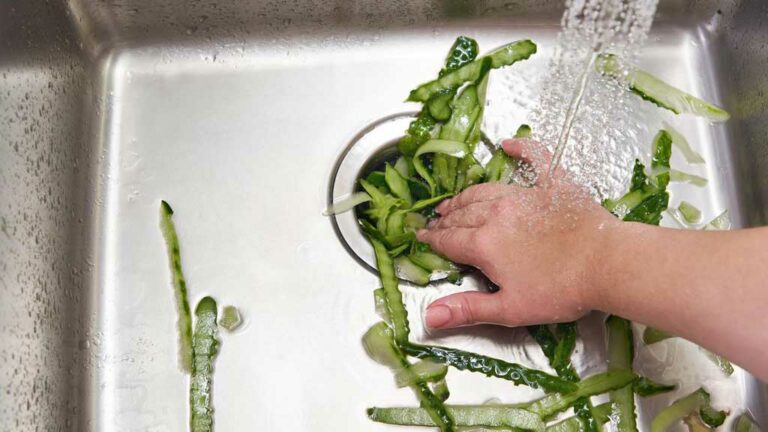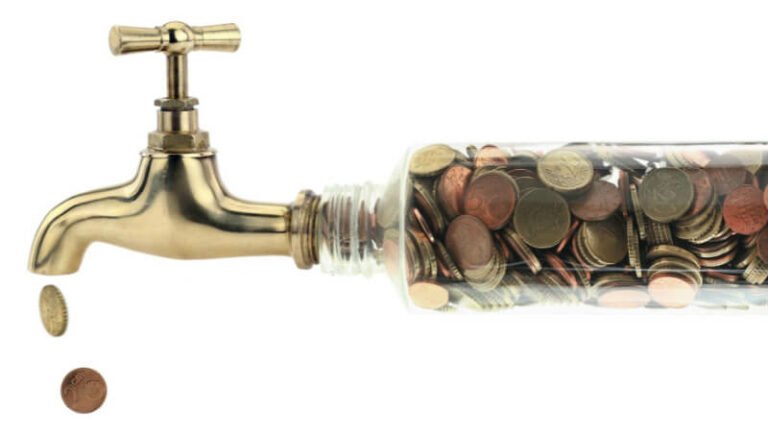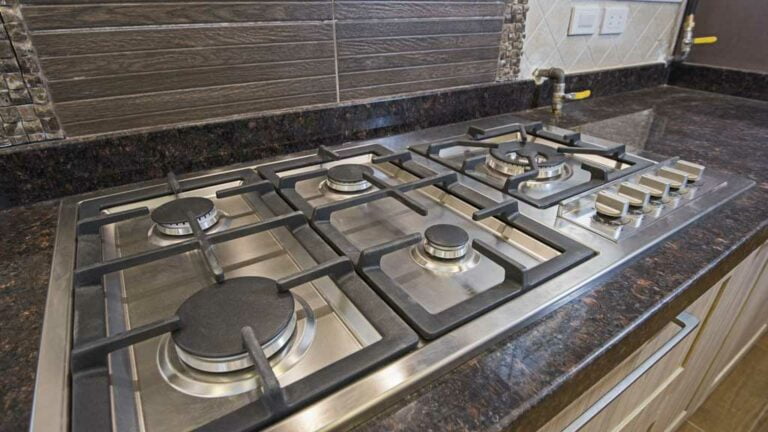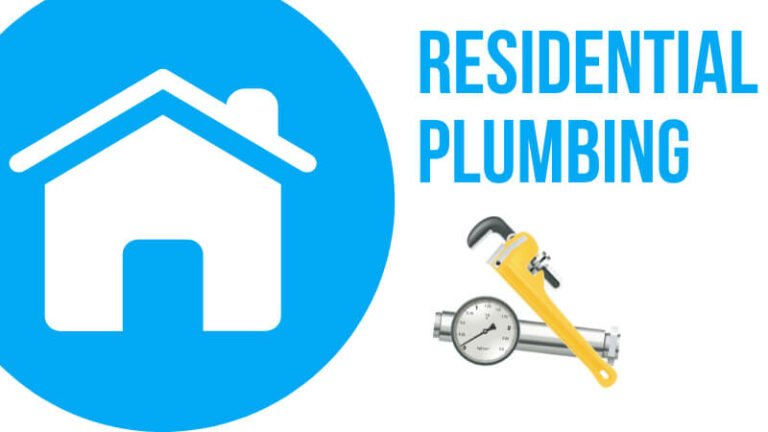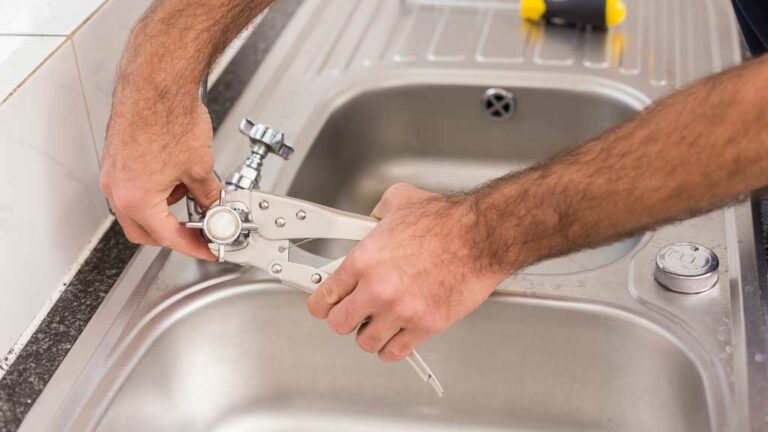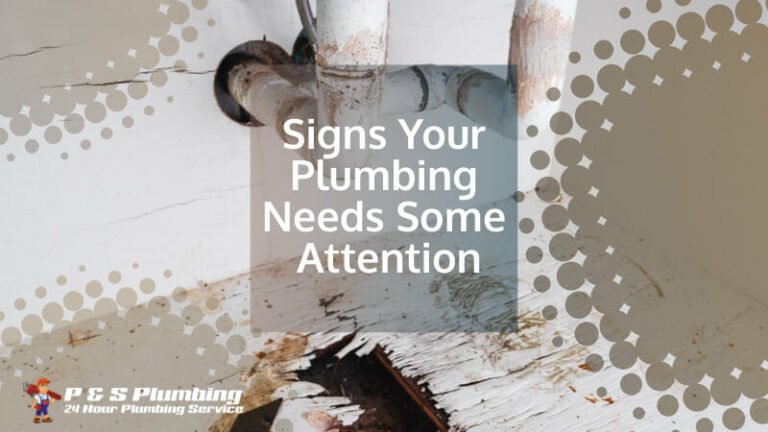A guide to troubleshooting common bathroom plumbing problems
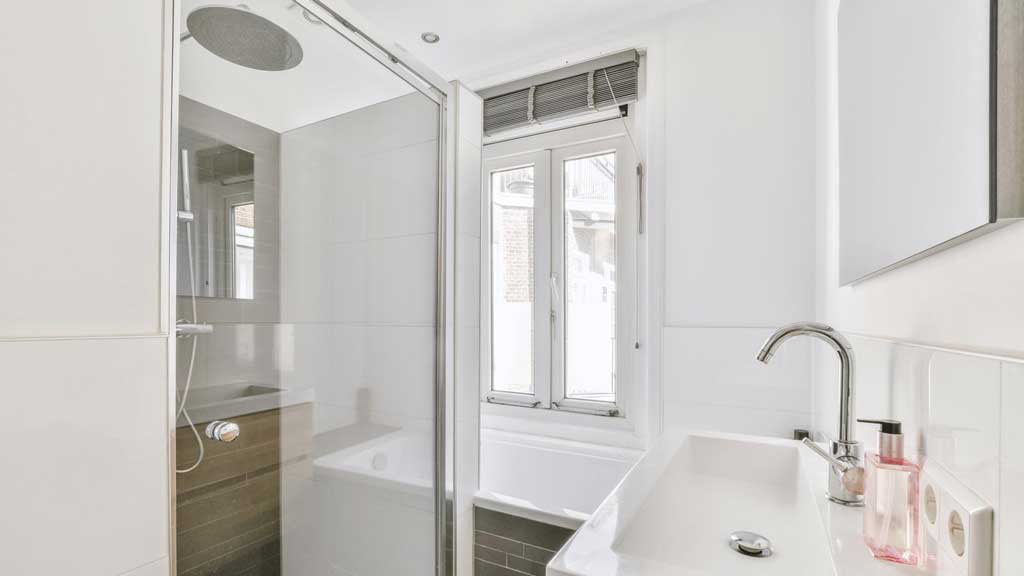
As much as we rely on the bathroom to be a place of solitude, it can quickly turn into a nightmare when plumbing problems arise. Clogged drains, burst pipes, and leaking faucets may seem like minor issues, but they could spell disaster if left unchecked. The last thing you want is to wake up to a flooded bathroom or deal with a malfunctioning toilet in the middle of the night. As frustrating and inconvenient as these problems can be, they are not unusual, and they can be fixed with a little know-how. That’s why we are here to guide you through some of the most common bathroom plumbing problems and how to troubleshoot them. Whether you want to save money by fixing the issue yourself or you want to be able to communicate better with your plumber, this guide will equip you with the knowledge to keep your bathroom functioning at its best. So, grab your toolbox, put on your DIY hat, and let’s get started!
What to Look Out for Warning Signs of a Bathroom Plumbing Problem
Having a functioning bathroom is essential for any homeowner. Unfortunately, plumbing problems can occur and cause a myriad of issues. Knowing what the warning signs of a bathroom plumbing problem are can help you identify and address these issues quickly, saving you time and money.
The most common warning signs of a bathroom plumbing problem are water stains or puddles around toilets and sinks, and slow drainage or clogged drains. Other signs include water damage to walls or floors, a strong odor in the bathroom, and a running toilet.
What causes bathroom plumbing problems?
Bathroom plumbing problems can be an annoyance, and in some cases an expensive repair. Common causes of bathroom plumbing problems include clogged drains, corroded pipes, and misaligned pipe connections. Clogged drains are typically caused by a buildup of soap scum, hair, and other debris. Corroded pipes are usually caused by the accumulation of minerals like calcium and magnesium, or a buildup of acids or other chemicals. Misdirected pipe connections can happen due to improper installation or because of shifting due to soil movement or settling of the foundation.
If you suspect you might have a bathroom plumbing problem, its important to address it quickly to avoid costly repairs. Some common signs of a plumbing problem in the bathroom include slow-draining sinks and toilets, gurgling sounds from the pipes, water backing up into other fixtures, and low water pressure.
Determining What Repairs are Needed
When determining what repairs are needed for a bathroom, it is important to identify the plumbing problems that need to be addressed. Common plumbing issues include clogged toilets, leaking toilets, malfunctioning faucets and showerheads, and cracks in pipes. To diagnose these problems, a plumber will need to inspect the entire plumbing system, including the drain lines, water supply lines, and plumbing fixtures. If a clog is present, the plumber can use specialized tools to remove the clog and assess the damage. To fix a leak, a plumber may need to replace the pipes or fixtures, depending on the severity of the damage. In cases where the pipes have cracked, a plumber will need to replace them. Furthermore, to prevent future problems, the plumber may need to install a water softener system to reduce mineral buildup in the pipes. Finally, it is important to make sure that the plumbing system meets all applicable safety standards, such as having proper ventilation and hot water temperature control. By properly identifying and diagnosing the plumbing problems and taking the necessary precautions to make sure the plumbing system is up to code, homeowners can ensure that their bathroom repairs are done safely and effectively.
Preventative Maintenance Strategies for Avoiding Future Plumbing Issues
Preventative maintenance is an integral part of plumbing system maintenance. A few simple steps can go a long way in preventing future plumbing issues. In the bathroom, regular inspections can help identify any potential problems. Look for signs of corrosion, leaks, and other obvious damages. Replace any broken parts and ensure that all fittings are tightened and secure. Additionally, check the water pressure to make sure that it’s not too high or too low.
It is also important to use the right type of plumbing materials. High-quality pipes, fittings, and fixtures can help reduce the likelihood of future plumbing problems. Avoid using galvanized steel, as it is prone to corrosion. A better alternative is to use stainless steel or copper pipes. Additionally, make sure the pipes are properly insulated. This will help to keep the water at a consistent temperature and reduce the chances of freezing.
Finally, it is important to clean the bathroom regularly. Shower heads, sinks, and toilets should all be scrubbed with a non-abrasive cleaner to remove dirt and residue build-up. This can help to reduce the occurrence of clogs and blockages. Furthermore, it is important to pay attention to the smell of the bathroom. If there is an unpleasant odor, there may be an issue with the pipes or drains. In these cases, it is best to call a plumber for further diagnosis and repair.
Why does my sink or toilet leak?
There are many reasons why your sink or toilet may begin to leak. The most common is a bad seal in the bowl or tailpiece or around the drain. In older buildings, seal rings around the threads of the tailpiece and drain can dry out and crack. In newer buildings, the seal rings are made of neoprene and can be damaged by placing sharp objects in the drain. Another common cause of leakage is water leaking from cracks in the base of the bowl. Leaks can also occur if the bowl is poorly fitted.
Why is my toilet overflowing?
There could be several reasons why a toilet is overflowing. If you have loose items in the tank, try tightening the screws that hold the toilet to the floor and removing the items. If that doesn’t solve the problem, check the bottom of the tank for slow leaks. To diagnose the problem, put food coloring in the tank. If the water in the bowl continues to color, there is a slow leak. If the coloring stops, the toilet is clogged and needs draining.
Why is my sink draining slowly?
This problem typically occurs because of a buildup of debris in the trap beneath the sink. When you clean the trap, you’ll likely find that the drainpipe is clogged. In this case, you have to remove the pipe from the sink. To do so, slide an ice pick into the drainpipe and twist it counterclockwise. Remove the pipe and set it aside.
Next, clear the trap of debris. Put some plumber’s putty into the trap, then firmly press the putty into the trap underneath the sink with your finger.
Next, fill the trap with hot (not boiling) tap water. An alternate method is to lower the drain pump into the drainpipe.
Why does my water pressure seem low?
Lower water pressure can indicate many different things. It could mean there’s a problem with your water heater or diverter valve. It could also be caused by sediment buildup or rust in your water lines. Luckily, the latter two problems can be easily fixed.
To fix the former, your house’s water pressure can be tested. If after doing these tests it turns out to be a problem with your water heater, a plumber can inspect it and fix it.
Why isn’t the bathtub filling with water?
The water supply to the bathtub is shut off when it’s time to wash the sink. If you had also been trying to shower, the water would have been turned off while you were lathering up.
Conclusion
By following this guide, you can now confidently troubleshoot common bathroom plumbing problems as they arise. Your bathroom should be a sanctuary, and with the help of this guide, you can be sure that your plumbing is always in top shape and functioning well. Remember to be safe and call a professional plumber near kona if the issue is beyond your skill level. With routine maintenance and a few easy steps, you can keep your bathroom plumbing running smoothly for years to come.

